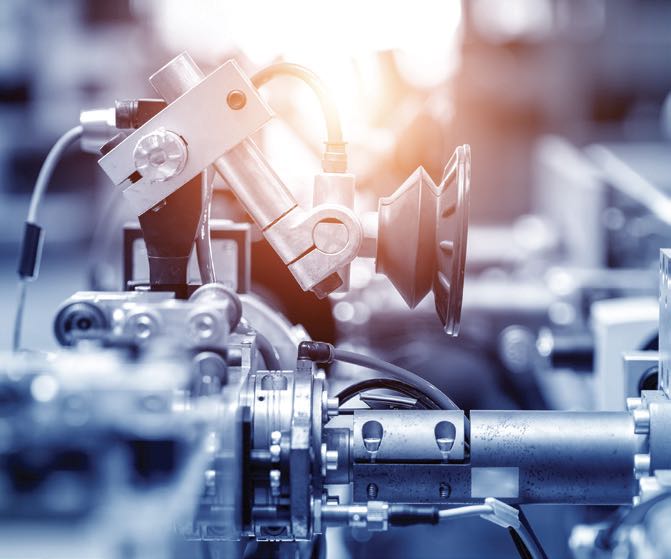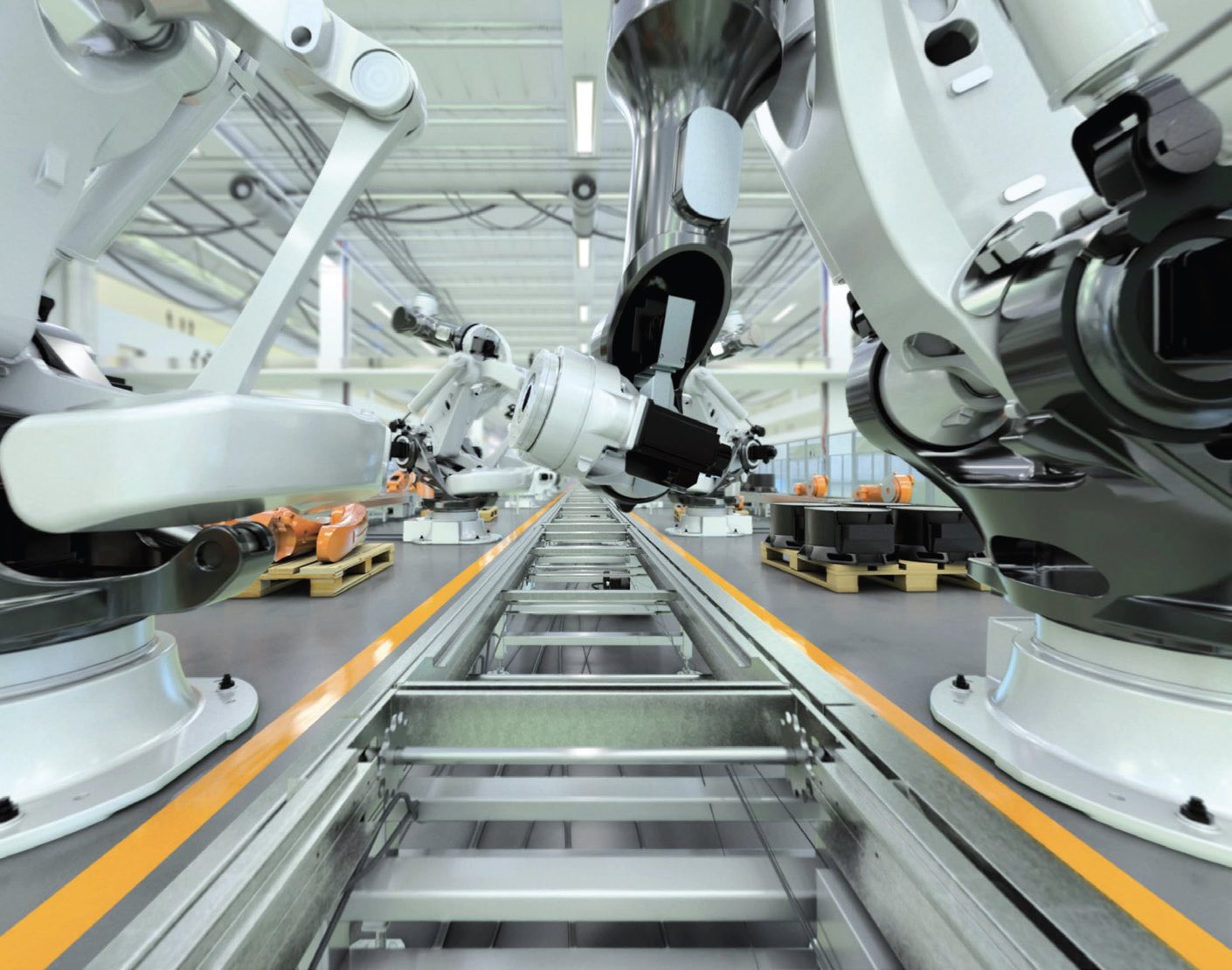Executive Summary
While the majority of readers report that their companies are not yet using robotics to replace humans in manufacturing chemicals, they do see some benefits in moving in this direction. Many readers list health and safety as a top reason to use robotics in certain applications that may be hazardous to workers. Some of the disadvantages mentioned include costs, job losses and limited applications.
Q.1. In what ways have robotics helped with the chemical processing/manufacturing industry?
Repeatability and safety.
By working in a dangerous and hazardous environment. By increasing productivity. By improving quality. By reducing labor costs. By increasing automation.
I believe robots have made a positive impact on the process by providing efficiency and accuracy. While they do remove some jobs, they also create jobs as well.
I don’t know if they have. I can only speak to my experience; automation is very significant, but I have never thought of this as robotics. Come to rethink this, a lot of the lab testing is set up and run all night, auto indexing and even an arm moving here and there.
Ensuring good quality and repeatability of connections of cooperating elements without exposing workers to work in high-risk conditions.
Cost reducer for packaging and stacking containers for storage and shipping.
In my experience, I see robots working in high-risk areas, especially in press-related products.
Robots can help to reduce risk situations in the process, improve task productivity, handle toxic materials and operate in dangerous areas. The robots also can provide greater flexibility in manufacturing, allowing for faster and more cost-effective production of a wider range of products.
 Does your company currently use robotics to help fulfill the manufacturing process of chemicals?
Does your company currently use robotics to help fulfill the manufacturing process of chemicals?
Yes
16%
No
84%
Based on an informal poll sent to 15,000 TLT readers.
More consistent in ways of operating.
Critical confined space hazard work like imaging, welding, furnace refractory breaking, etc.
Consistent quality assurance and control, releasing human operators to be moved to other positions enhancing their irreplaceable skills.
Reduced injuries.
Q.2. In what ways have robotics hurt the chemical processing/manufacturing industry?
Limited possible applications.
By increasing initial capital investment. By increasing the threshold of capital requirements for new startups and thus reducing competition. By increasing difficulty in handling labor relationship.
The human element can’t be replaced. A robot does what it’s programmed to do; it can’t truly think and problem solve issues outsides its programming.
Has your company considered using robotics to replace humans in the process of manufacturing chemicals?
Yes
28%
No
72%
Based on an informal poll sent to 15,000 TLT readers.
I can’t think of one.
Increasing the initial investment costs, reducing the number of simple positions operated by low-skilled workers and increasing the costs of ensuring the safety of workers cooperating with robots (guards, training).
Lose having eyes on the material to detect defects or possible issues.
Jobs.
Potential job losses and high initial investment.
In dealing with chemicals.
Less ability to identify “out of context” or “serendipity.”
Sudden change in working environment and skill in data interpretation.
None, only temporarily for those who had been snoozing.
Eliminated jobs done by people.
Q.3. What new opportunities for innovation and research have been enabled by the use of collaborative robots?
Automatize some repetitive operations previously done by operators.
Increased opportunity to improve collaborative robots and human interactions. Increased opportunity for machine learning and artificial intelligence.
Reduction of waste, ease of design to production and reduction of workplace incidents.
Introducing dedicated devices to facilitate and accelerate the assembly of very diverse parts and devices, also improving the quality of montage (tolerances, cleanliness).
Strong interest in technologies, new packaging development and sustainability.
 In what areas do you see your company benefiting from the use of robotics?
In what areas do you see your company benefiting from the use of robotics?
Quality control
21%
Production process
21%
Filling process
11%
All of the above
32%
None of the above
32%
Based on an informal poll sent to 15,000 TLT readers. Total exceeds 100% because respondents were allowed to choose more than one answer.
Optimization of processing.
Programming and data analytics.
Reduction of downtime, planned maintenance and routine analyses.
 Q.4. What impact have robotics had on the role and responsibilities of human workers in the chemical industry?
Q.4. What impact have robotics had on the role and responsibilities of human workers in the chemical industry?
Very few in the applications that I know, because it has remained experimental.
Reduced requirements for human workers in dangerous and hazardous conditions. Increased safety for workers. Potentially increased productivity and profitability.
Laboratory reduction in head count due to increased efficiency.
Human workers should always remember to stay in a safe zone, take care and use personal safety measures and participate in training to improve knowledge and skills for safe cooperation with robots.
The robots help to avoid accidents in the human workers; they can do tasks with high risk to the human.
Cases of artificial intelligence (AI).
Higher demands, responsibilities and skills/education for human workers because simple work shifts toward robots.
Efficiency, ergonomic, data collection and memory, accuracy and mistake by human perception.
Let them focus on less routine and more on higher level tasks that require thought-process-based skills.
Editor’s Note: Sounding Board is based on an informal poll sent to 15,000 TLT readers. Views expressed are those of the respondents and do not reflect the opinions of the Society of Tribologists and Lubrication Engineers. STLE does not vouch for the technical accuracy of opinions expressed in Sounding Board, nor does inclusion of a comment represent an endorsement of the technology by STLE.